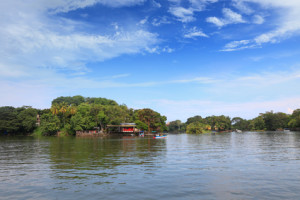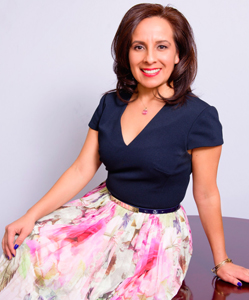 The Flowers of Literature in Nicaragua
The Flowers of Literature in Nicaragua
As a flowering nation, Nicaragua has an interesting and varied past. It is an old land with roots dating back to pre-Columbian cultures like the Chorotega, a maize raising people with elected officials. The Tenderí Museum in Masaya has a fascinating archeological display of the ancient tribe along with other peoples of the area.
From the influence of older cultures and the Spanish culture, one gets the UNESCO recognized play “El Güegüense” that is a world renowned satirical play that combines music, theater, and traditional dance. Nicaragua is currently the only Central American country to have received recognition by UNESCO in that manner; however, other masterpieces of literature have been penned by Nicaraguan writers.
The father of modernism, Ruben Darío, started a revolution in writing that blended the sensibilities of neoclassicism with the potent imagery of symbolism. Works like “Azul”, “Prosas profanas y otros poemas”, and “Cantos de vida y esperanza” each marking his journey starting from being heavily influenced by the symbolists to paying less homage to structure and taking on heavier subjects like American imperialism. He revolutionized poetry in the 20th century and paved the way for other authors such as, Giaconda Belli and the Reverend Father Ernesto Cardenal.
Both authors follow their own revolutionary steps in Nicaraguan literature. Giaconda Belli, while writing works like “El infinito la palma de la mano”, she challenges the typical telling of the story of Genesis by putting a very human and feminine spin on Eve’s time in paradise. Her work pushes the boundaries of what can be expected of a female author in Nicaragua and even the world.
Like Giaconda Belli, Ernesto Cardenal is a revolutionary, in both senses of the word. Cardenal participated in the “April Revolution” of 1954 and subsequently, when change came, became the Minister of Culture of Nicaragua. Therefore, Cardenal is an interesting figure because he had an active hand in shaping the country’s literary and cultural landscape. Early works like “Epigramas” and “La hora 0” express his views against the violence in the region; furthermore, it discusses the effects of the American expansion into Central America. Later works seem to pull between his revolutionary side and his personal faith, while criticizing the barrier of communication modern media has place between peoples. Although modern media might place a barrier between people, it might also be a way out for budding Nicaraguan authors of the current generation.
Newspapers like “La Prensa” still exist to publish articles or poetry that suit their paper. There are a few new literary editions one can apply to such as “El pez y la serpiente” or “El hilo azul” that take stories and poetry. One can get a book published by Editorial Nueva Nicaragua; however, this is made easier by having published in other manuscripts prior to applying. Also, budding Nicaraguan authors can self publish with a variety of internet publishers to get a start. Although times might be hard for authors, one can still get their work published by some kind of venue – especially with this new technology around the world which is changing how we all read and view literature around the world.




